
Rodin and the Physicality of Emotion
 6 min
6 min
Rodin and the Physicality of Emotion
By Claudia Moscovici
Constantin Brancusi considered Auguste Rodin not only a precursor, but also the first great modern sculptor. “In the nineteenth century,” Brancusi declared, “the situation in sculpture was desperate. Rodin arrived and transformed everything.” In a way, Rodin was fortunate that initially he wasn’t part of the system. Rejected several times by the Ecole des Beaux-Arts, Rodin was not trained according to the rigid academic standards of the time. Nonetheless, he never gave up and showed great confidence in his talent. In 1865, for example, his sculpture The Man with the Broken Nose (1865 and 1875) was initially rejected by the jury of the Salon, partly because the clay fissured and the sculpture cracked in the back of the head.
Years later, Rodin redid the sculpture, whom he regarded as his “first good sculpture,” and this time it was accepted by the Salon. Rodin would follow his own path, but like the Impressionists, he also sought acceptance and acclaim by the artistic establishment.
After a trip to Italy, the works of Michelangelo served as his main inspiration. Like the Renaissance masters, he studied human anatomy. In fact, his sculptures were so life-like in his sculptures that his first major work, The Age of Bronze (1876), caused a great controversy. Rodin was accused of cheating by making it from a live cast of his model. Rodin protested and put together an impressive dossier defending himself, but to no avail. In Rodin’s defense, his model, Auguste Neyt, recalled “I had to train myself to strike the pose. It was hardly an easy thing to do. Rodin did not want straining muscles; in fact, he loathed the academic ‘pose’… The master wanted ‘natural action taken from real life.” (http://www.musee-rodin.fr/en/resources/chronology-auguste-rodin)
Eventually, however, thanks to recommendations made by influential friends, the French government bought the sculpture in 1880 for the hefty sum of 2000 francs. Henceforth Rodin’s fame would continue to rise.
The charge of the Salon could have been further from the truth. Rodin never worked from live casts. He asked his models, both male and female, to walk around freely in his studio. Often he would follow them around, making rapid sketches of their movements. When he spotted them in a particularly interesting pose or expression, he would try to capture it quickly, modeling in clay. For Rodin, as for Michelangelo, the body itself was expressive of emotion. He stated: “I have always endeavored to express the inner feelings by the mobility of the muscles.” It is said that Rodin’s wife, Rose Beuret, once stormed into his studio in a fit of rage and began screaming at him. She would have had plenty of reasons to be upset with Rodin since he notoriously cheated on her with his young models, most of whom were can-can dancers. Instead of responding in kind, however, Rodin quickly modeled her angry expression in clay, saying “Thank you, my dear. That was excellent.” Nothing was as inspirational for him as visible emotion, read in facial expressions and gestures.
Despite the religious allusions of The Gates of Hell, his chef d’oeuvre, Rodin brings emotion down to earth by materializing a passion that functions not only as a connection between the human and the divine, but also as an intimate and profound connection between earthly lovers. Perhaps no one else has described Rodin’s most sensual and moving sculpture, The Kiss, as eloquently as his friend, the art critic Gustave Geffroy:
“The man’s head is bent, that of the woman is lifted, and their mouths meet in a kiss that seals the intimate union of their two beings. Through the extraordinary magic of art, this kiss, which is scarcely indicated by the meeting of their lips, is clearly visible, not only in their meditative expressions, but still more in the shiver that runs equally through both bodies, from the nape of the neck to the soles of the feet, in every fiber of the man’s back, as it bends, straightens, grows still, where everything adores—bones, muscles, nerves, flesh—in his leg, which seems to twist slowly, as if moving to brush against his lover’s leg; and in the woman’s feet, which hardly touch the ground, uplifted with her whole being as she is swept away with ardor and grace.”
Rodin revealed human love and life as a process of mutual creation between women and men. Passion is not only a union with those we desire and adore, but also an elevation through shared feelings and sensuality which is always in process, never complete. His representations of the fragility of our mutual creation were as inchoate, vulnerable yet compelling as the material shapes that seemed to emerge only part-finished from the bronze or blocks of stone.









 English
English
 Français
Français
 Deutsch
Deutsch
 Italiano
Italiano
 Español
Español

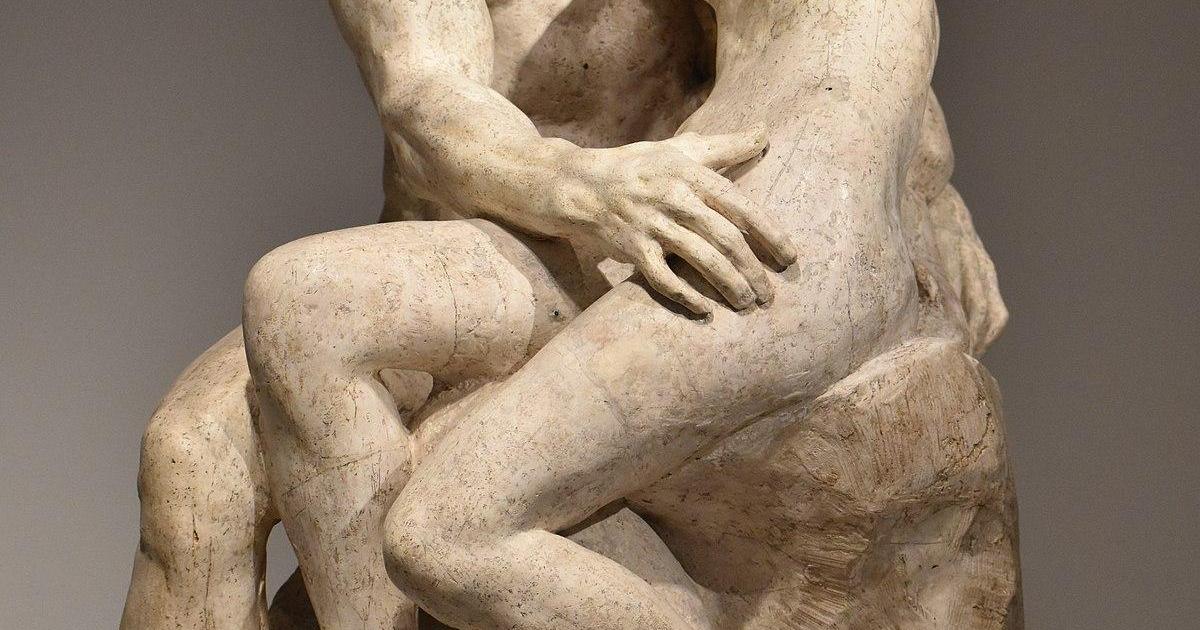

 Colaborar
Colaborar





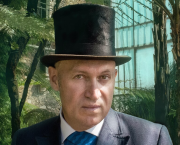
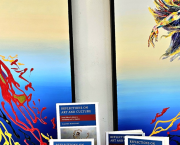
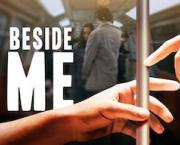
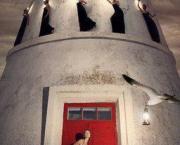
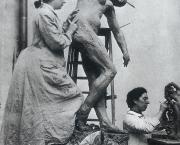
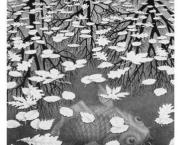
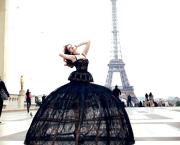


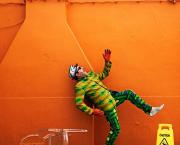

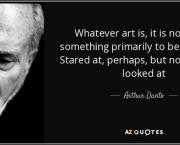
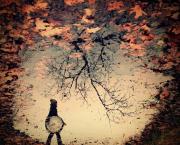
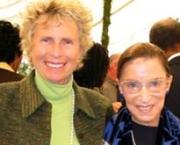
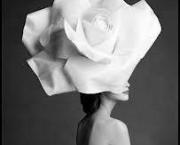
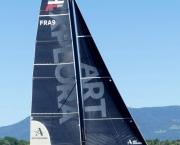
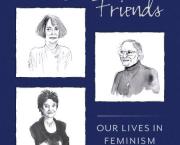
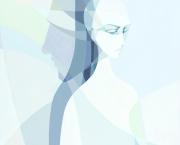

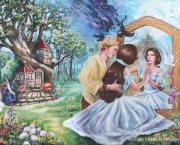
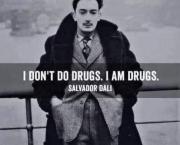
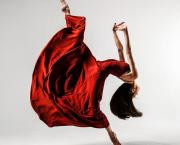
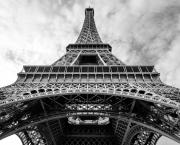
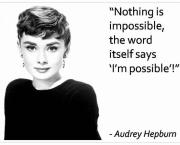
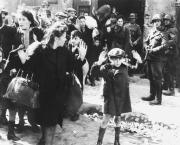
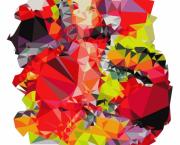
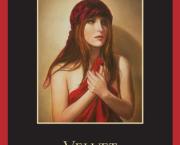

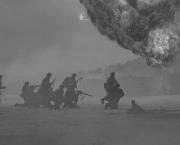
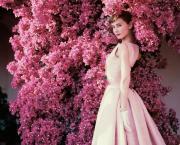
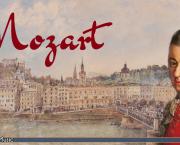
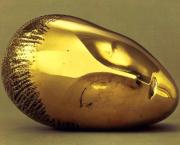

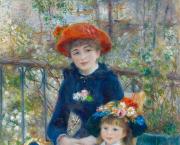
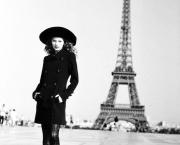
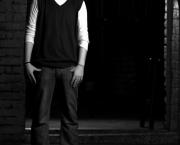
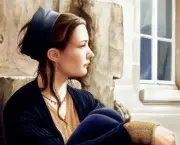

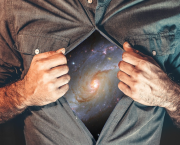

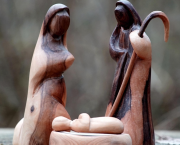


 Puedes apoyar a tus escritores favoritos
Puedes apoyar a tus escritores favoritos





